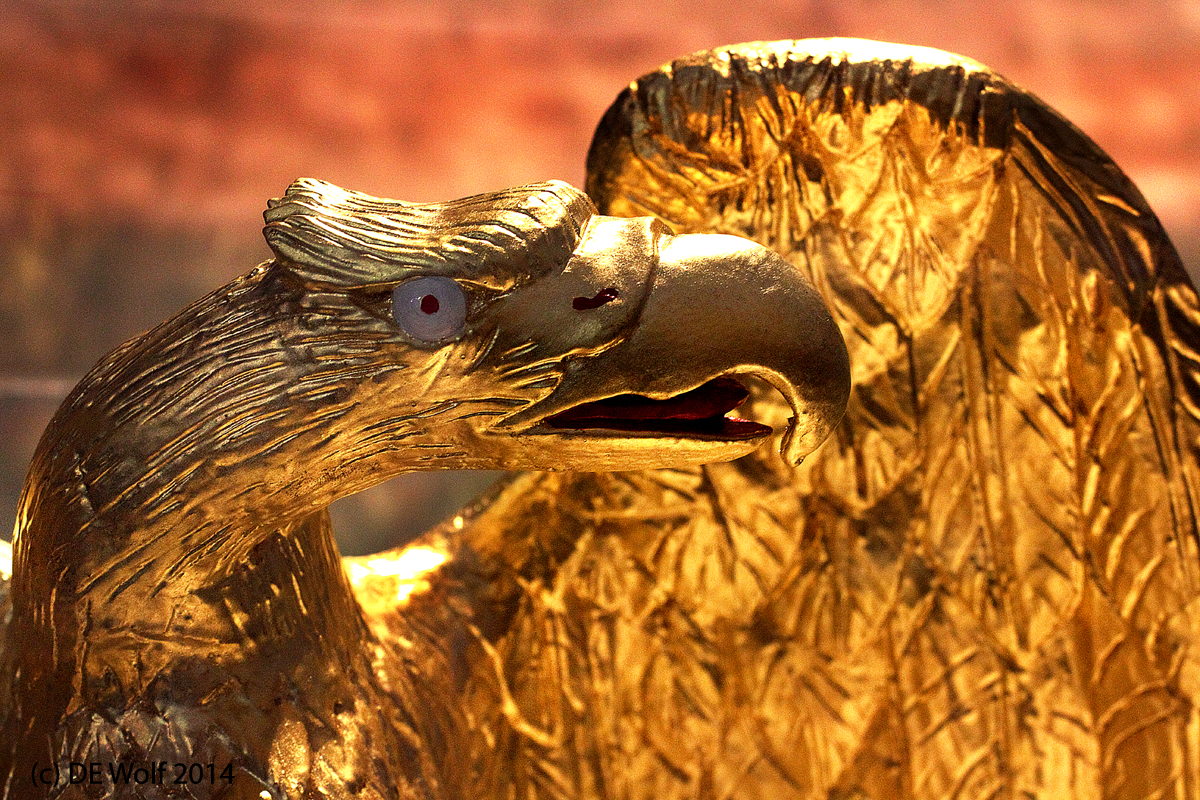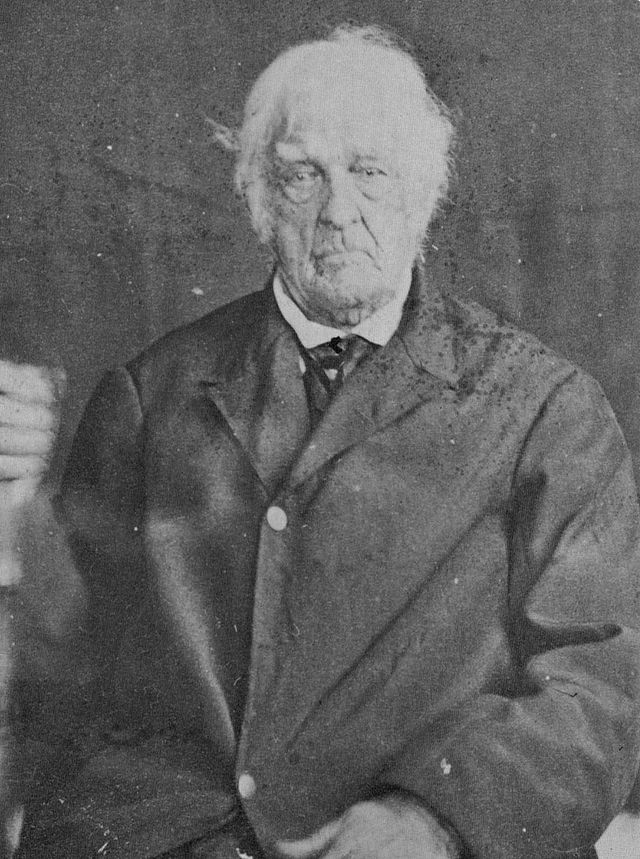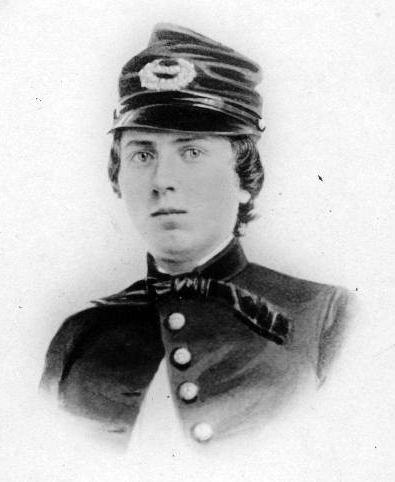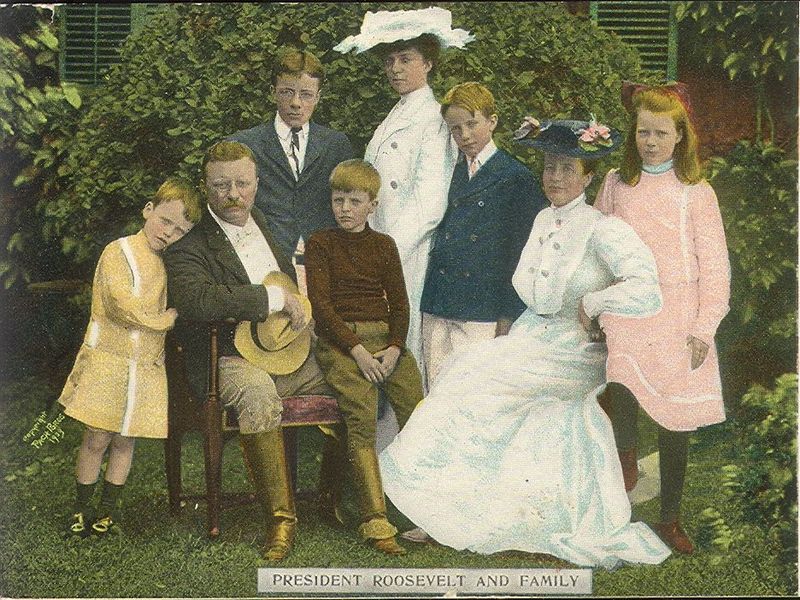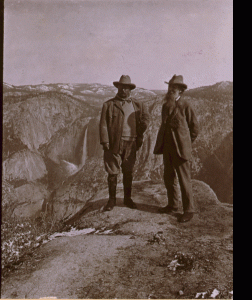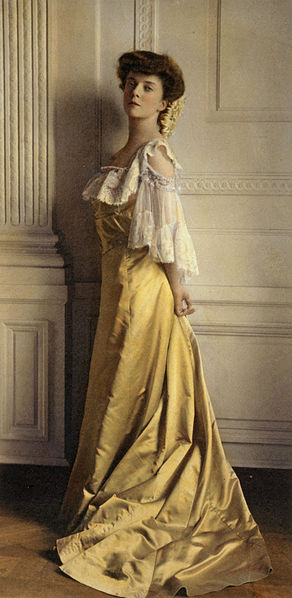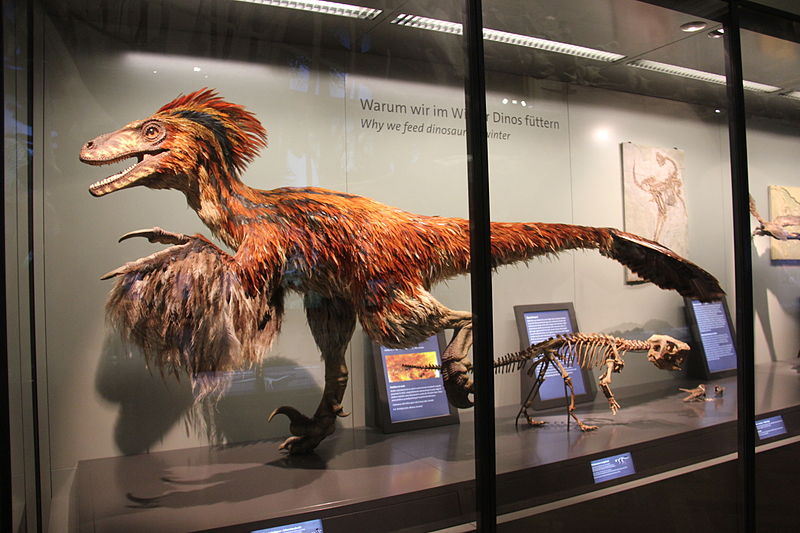
Figure 1 – An exhibit case in the Naturhistorisches Museum Wien where artist models enhance traditional fossils. From the Wikimedia Commons and the Naturhistorisches Museum Wien, uploaded by laika ac, under creative commons attribution license.
I have been a bit more circumspect about my short tirade yesterday concerning museum exhibits that aren’t museum exhibits, specifically not genuine photographs but merely copies of photographs. Grrr!
It all began this last spring when my wife and I visited the “Old Slave Mart Museum” in Charleston. It is a terribly important site of infamy to preserve, but the fact is that it is a historic site. They have almost no artifacts, so they cover the walls with posters of facts, pictures, and first hand accounts. Is that good or bad? Whatever it is, it is not really a museum. And the problem is that such material can be much better presented on a website, or a Ken Burns documentary.
In actuality, the “Old Slave Mart” is hardly the beginning. There is a huge history of natural history museums having copies of, for instance, dinosaur skeletons; and art museums having copies of great statues. Natural history museums, indeed all museums, serve multipurposes, and one of their major purposes is to provide students of natural history with specimen examples to see. Similarly when it comes to sculpture, you might argue that a true copy provides the art student with the ability to really take in a three-dimensional object.
But photographs of photographs? And would you feel somehow cheated if your favorite art museum had nothing but copies? Why not forget the galleries altogether and go straight to the gift shop and look at the postcards?
What is of course going on is that the world is changing. No surprise! We are in the middle of a technological revolution, where the only thing stopping libraries from going totally digital is copyright laws. Oh no, oh no, some will scream. I need a tangible, physical book to touch and to read. Listen I like, no love, books as much as anyone. But there are very few cases where seeing an original carbon copy is justifies. It’s not even environmentally PC. Times they are a changin’; so get over it.
So I think that really what we are observing is the process of redefinition that libraries and museums are undergoing. It is a metamorphosis. As for thinly disguised photographs of photographs, the issues, but not the answers, are clear. I look at historic images every day, and I benefit hugely from the sage commentary that accompanies these high-resolution images on the web. Museums are not websites. Wall space is expensive real-estate. Certainly, there are people who would not visit the websites that I frequent, who will not watch television documentaries (for as long as television lasts), people who would not know important historical stories were it not for the museum “exhibit.”
“The fire has spread from your ships. The first of the seven wonders of the
world perishes. The library of Alexandria is in flames…. What is burning is the memory of mankind.”
George Bernard Shaw, “Caesar and Cleopatra” 1898


